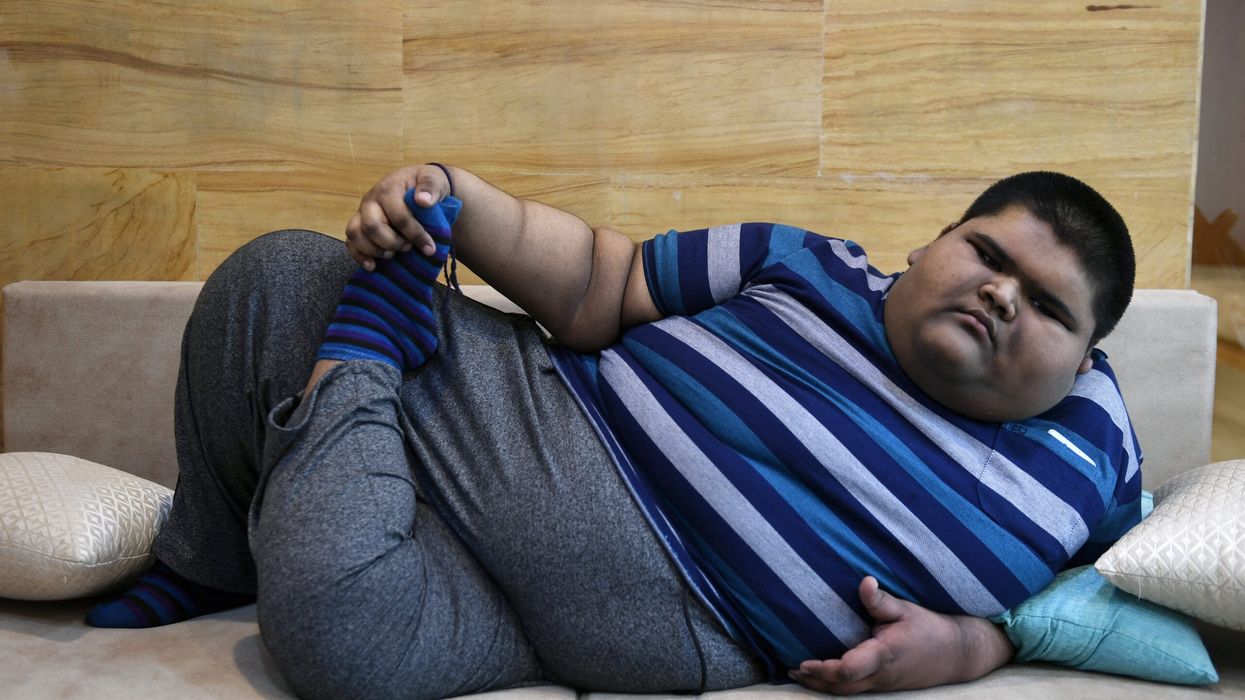Obesity can no longer be just defined by body mass index (BMI) and rather should be about how body fat is distributed throughout one's body, researchers said while launching a new framework for diagnosing and managing obesity.
Published in the journal Nature Medicine, the framework looks specifically at fat accumulated in the abdomen, measured as 'waist-to-height ratio' -- an increased value of which is related to a higher risk of developing cardiometabolic complications, according to the researchers.
An "important novelty" of the framework is including a waist-to-height ratio higher than 0.5, along with a BMI of 25-30, for diagnosing obesity, the authors, representing the European Association for the Study of Obesity (EASO), said.
"The choice of introducing waist-to-height ratio, instead of waist circumference, in the diagnostic process is due to its superiority as a cardiometabolic disease risk marker," they wrote.
Accumulation of abdominal fat is a more reliable predictor of health deterioration, compared to BMI, even for individuals not meeting the current standard cut-off value for obesity diagnosis, which is a BMI of 30, the authors said.
They said that the current guidelines are based on evidence from studies in which participants meeting cut-off values were included for analysis, rather than on a "complete clinical evaluation".
"The basis for this change is the recognition that BMI alone is insufficient as a diagnostic criterion, and that body fat distribution has a substantial effect on health," they wrote.
The researchers said that introducing the suggested changes in the diagnostic processes could reduce risk of undertreatment in this particular group of patients -- low BMI and high abdominal fat -- in comparison to the current BMI-based definition of obesity.













